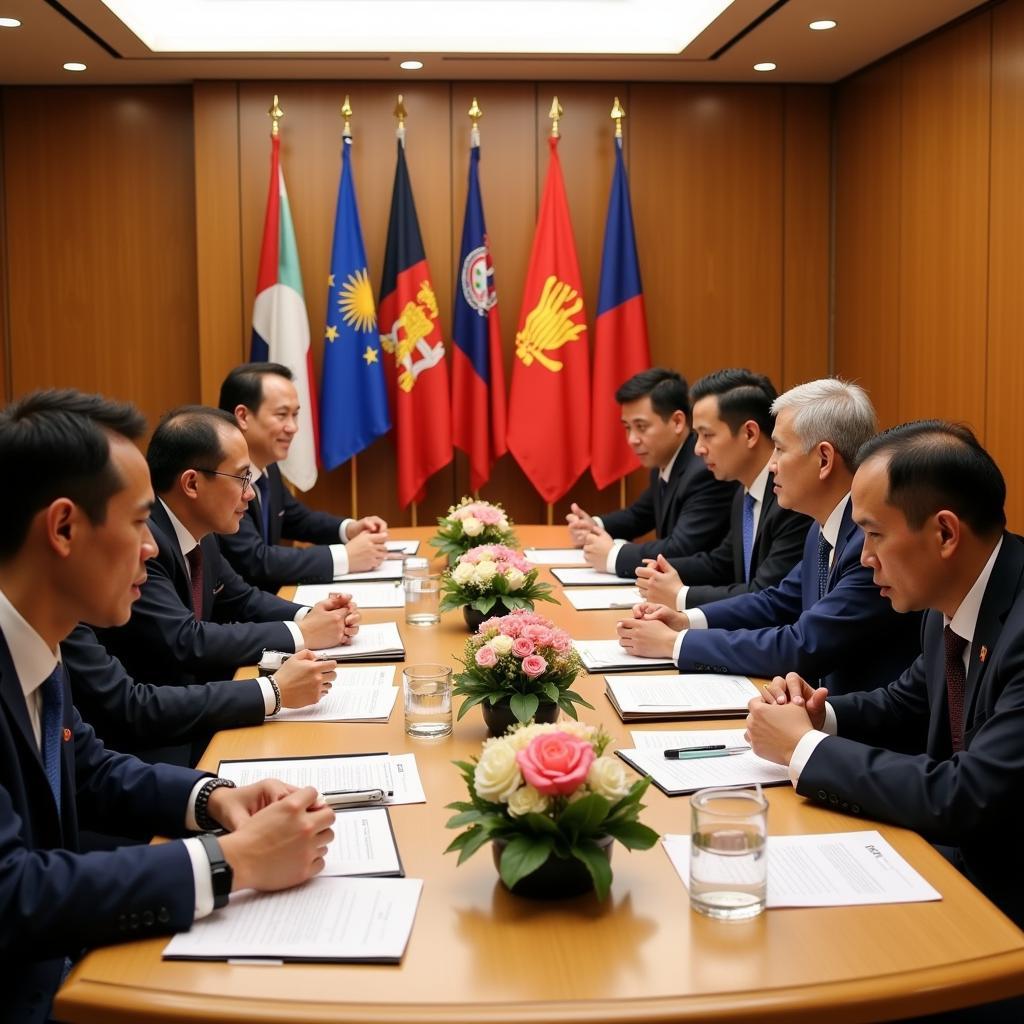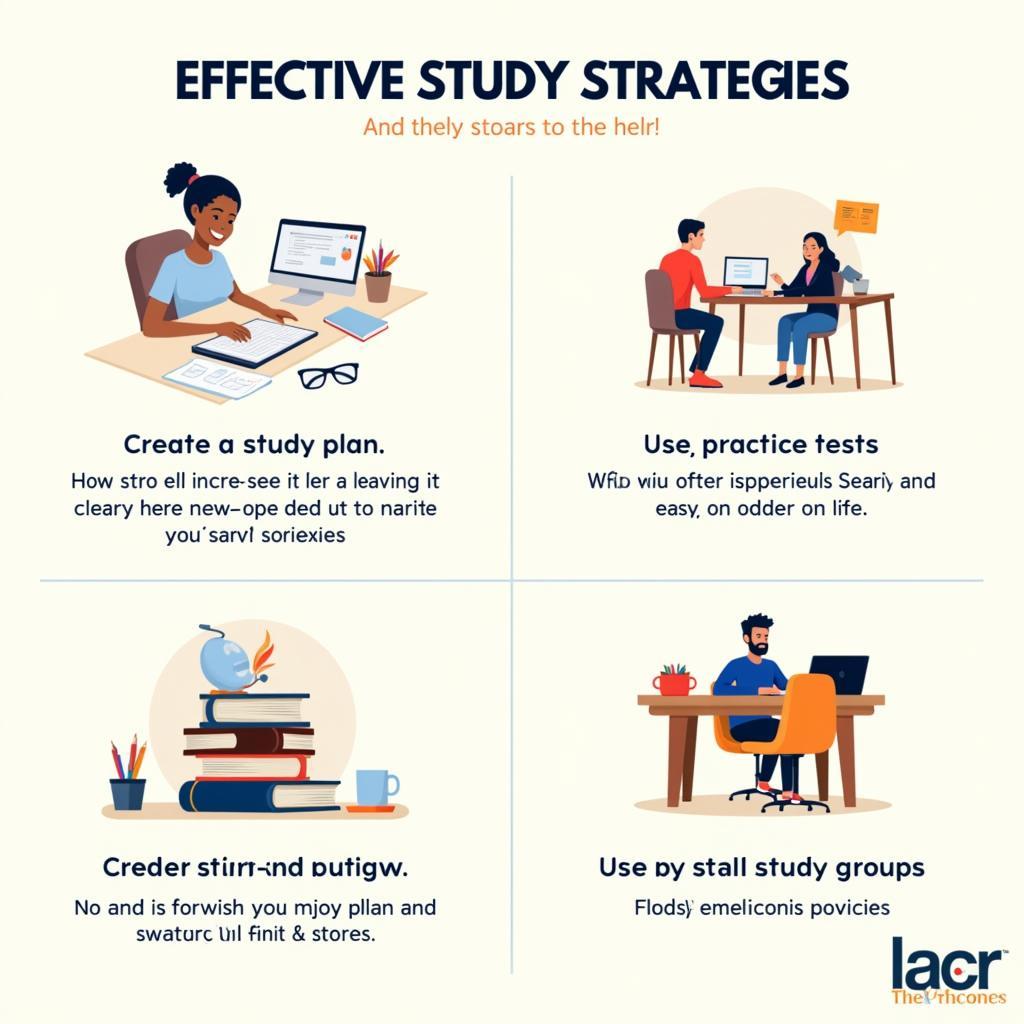The year 2015 marked a significant milestone for the Association of Southeast Asian Nations (ASEAN) with the establishment of the ASEAN Economic Community (AEC). This move towards deeper integration brought about a wave of opportunities and challenges for the region. This article delves into the advantages and disadvantages that unfolded in the wake of ASEAN 2015, exploring the multifaceted impact on Southeast Asia’s economic and socio-cultural landscape.
The Promise of ASEAN 2015: Unlocking a World of Advantages
The formation of the AEC aimed to transform ASEAN into a single market and production base, characterized by the free flow of goods, services, investment, skilled labor, and capital. This ambitious vision promised a plethora of advantages for the region:
- Economic Growth and Investment: A more integrated ASEAN meant a larger and more attractive market for investors. This, in turn, was expected to spur economic growth, create jobs, and improve living standards across Southeast Asia.
- Enhanced Competitiveness: By reducing trade barriers and promoting a more competitive environment, ASEAN 2015 aimed to enhance the region’s competitiveness on the global stage. This would allow ASEAN businesses to benefit from economies of scale and access to new markets.
- Increased Intra-ASEAN Trade: The AEC aimed to boost trade among ASEAN member states, fostering greater economic interdependence and cooperation within the region.
- Movement of Skilled Labor: The free flow of skilled labor within ASEAN was expected to address labor shortages in specific sectors and provide opportunities for professionals to work and contribute their expertise across the region.
- Regional Stability and Cooperation: Deeper economic integration was seen as a catalyst for enhanced political and security cooperation among ASEAN member states. This strengthened regional stability was crucial for attracting foreign investment and promoting sustainable development.
The Challenges of Integration: Navigating the Disadvantages
While the advantages of ASEAN 2015 were undeniable, the integration process also presented a unique set of challenges and potential disadvantages:
- Economic Disparities: One of the major concerns was the widening economic gap between the more developed ASEAN members and the less developed ones. There were fears that integration could exacerbate these disparities, with some countries benefiting more than others.
- Job Displacement: The free flow of labor, while beneficial in theory, raised concerns about potential job displacement in certain sectors and countries. Workers in less developed ASEAN nations worried about being outcompeted by skilled labor from more advanced economies.
- Implementation Challenges: Translating the vision of the AEC into reality required complex negotiations and coordination among ten diverse member states. Implementation challenges, bureaucratic hurdles, and differences in regulations posed significant obstacles.
- Non-Tariff Barriers: While tariffs were largely reduced, non-tariff barriers, such as customs procedures and product standards, remained a challenge. These barriers hindered the seamless flow of goods and services within the region.
- Sovereignty Concerns: Some critics argued that deeper integration could infringe on national sovereignty. They feared that member states might have to relinquish some degree of control over their economic and social policies.
A Balanced Perspective: Weighing the Pros and Cons
Assessing the impact of ASEAN 2015 requires a balanced perspective. While the integration process brought about notable economic gains and enhanced regional cooperation, it also presented challenges related to economic disparities, implementation, and potential job displacement. The long-term success of ASEAN integration hinges on the ability of member states to address these challenges effectively while maximizing the advantages of a more connected and prosperous Southeast Asia.
Frequently Asked Questions (FAQs)
1. What were the main goals of ASEAN 2015?
The primary goals were to establish the ASEAN Economic Community (AEC), create a single market and production base, and enhance regional economic integration.
2. How did ASEAN 2015 impact trade within the region?
ASEAN 2015 led to a reduction in tariffs and trade barriers, which boosted intra-ASEAN trade and increased economic interdependence among member states.
3. Did ASEAN 2015 affect the free flow of labor?
Yes, the AEC agreement included provisions for the freer movement of skilled labor within ASEAN, although implementation varied across member states.
advantages and disadvantages of asean economic community 2015
4. What were some of the concerns raised about potential job losses?
Some concerns arose about the possibility of job displacement in certain sectors, particularly in less developed ASEAN countries, due to competition from skilled labor from more advanced economies.
5. How did ASEAN 2015 contribute to regional stability?
Deeper economic integration fostered greater political and security cooperation among ASEAN member states, contributing to enhanced regional stability.
advantage of asean economic community
Need More Information on ASEAN?
Explore more insights and analysis on ASEAN-related topics on our website.
Contact Us:
For any inquiries or assistance, please reach out to us:
Phone: 0369020373
Email: aseanmediadirectory@gmail.com
Address: Thon Ngoc Lien, Hiep Hoa, Bac Giang, Vietnam.
Our dedicated customer support team is available 24/7 to assist you.

